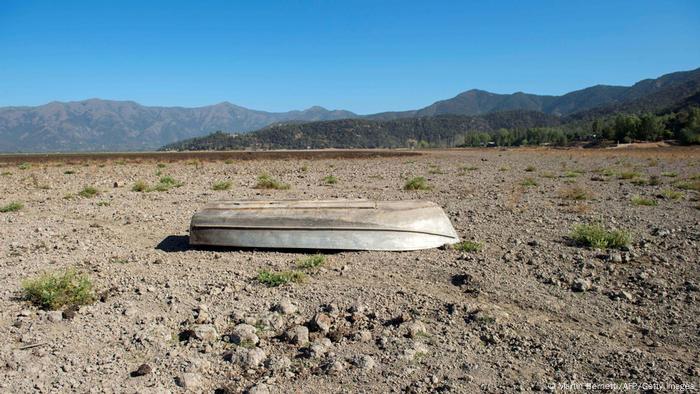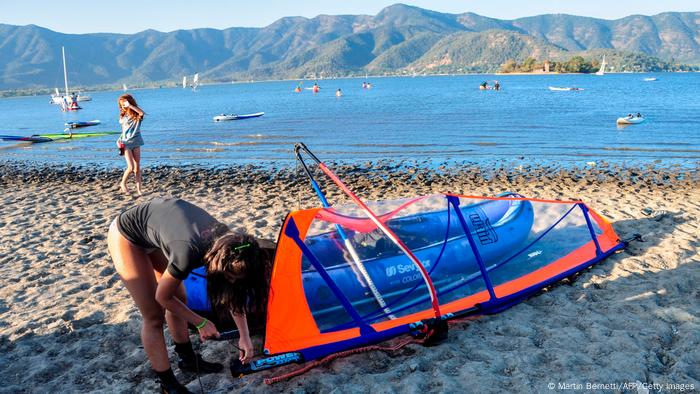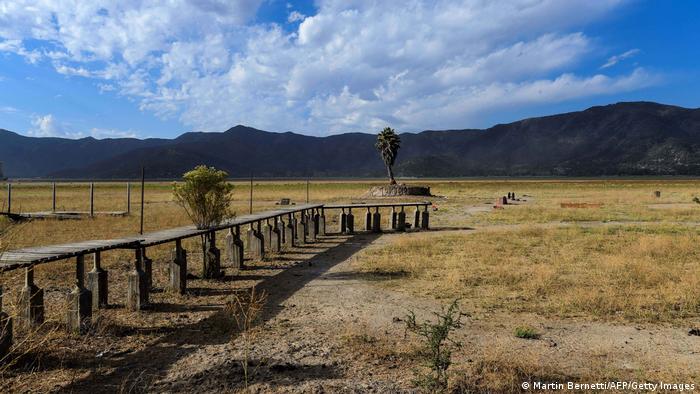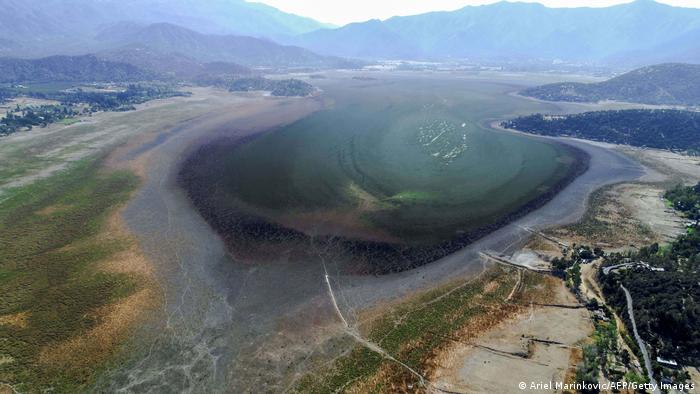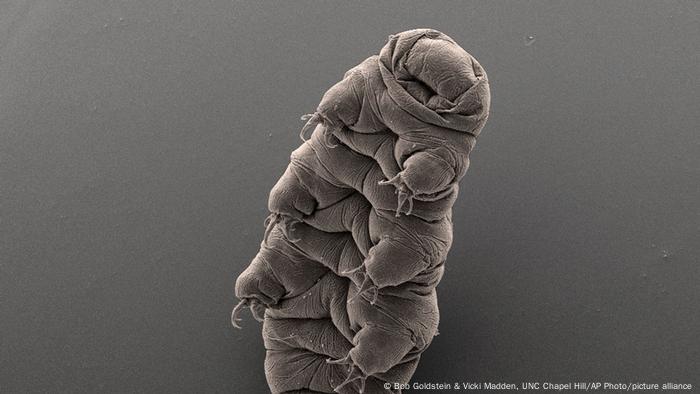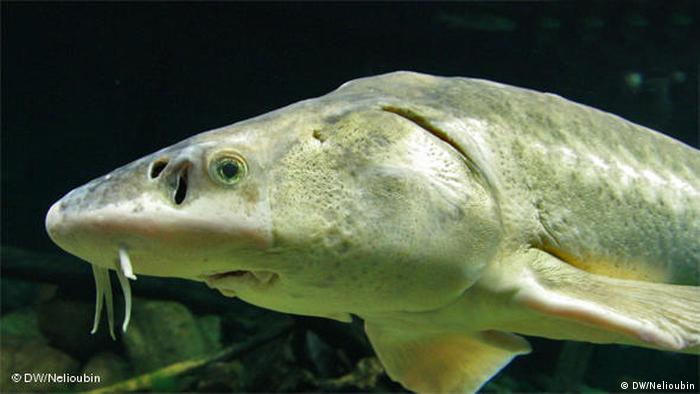
Moderna announced Monday, it has signed a memorandum of understanding with the Kenyan government that will see the biotech company invest $500 million in a factory in that country to produce its mRNA COVID-19 vaccines, with a goal of 500 million annual doses.
File Photo by Debbie Hill/UPI | License Photo
March 7 (UPI) -- Moderna reached a preliminary deal Monday to build an mRNA manufacturing facility in Kenya, which would produce doses of its COVID-19 vaccine.
The Massachusetts-based biotech company will invest $500 million under a memorandum of understanding it signed with the Government of the Republic of Kenya.
The U.S. government helped facilitate the agreement.
Once built, Moderna's mRNA facility in Africa will have a goal of producing up to 500 million doses of vaccines annually. It will focus on providing vaccines for the entire continent of Africa and could eventually be expanded to include packaging and other capabilities.
"Battling the COVID-19 pandemic over the last two years has provided a reminder of the work that must be done to ensure global health equity," Moderna CEO Stéphane Bancel said in a statement. "Moderna is committed to being a part of the solution and today, we announce another step in this journey -- an investment in the Republic of Kenya to build a drug substance mRNA manufacturing facility capable of supplying up to 500 million doses for the African continent each year.
"With our mRNA global public health vaccine program, including our vaccine programs against HIV and Nipah, and with this partnership with the Republic of Kenya, the African Union and the U.S. Government, we believe that this step will become one of many on a journey to ensure sustainable access to transformative mRNA innovation on the African continent and positively impact public health."
March 7 (UPI) -- Moderna reached a preliminary deal Monday to build an mRNA manufacturing facility in Kenya, which would produce doses of its COVID-19 vaccine.
The Massachusetts-based biotech company will invest $500 million under a memorandum of understanding it signed with the Government of the Republic of Kenya.
The U.S. government helped facilitate the agreement.
Once built, Moderna's mRNA facility in Africa will have a goal of producing up to 500 million doses of vaccines annually. It will focus on providing vaccines for the entire continent of Africa and could eventually be expanded to include packaging and other capabilities.
"Battling the COVID-19 pandemic over the last two years has provided a reminder of the work that must be done to ensure global health equity," Moderna CEO Stéphane Bancel said in a statement. "Moderna is committed to being a part of the solution and today, we announce another step in this journey -- an investment in the Republic of Kenya to build a drug substance mRNA manufacturing facility capable of supplying up to 500 million doses for the African continent each year.
"With our mRNA global public health vaccine program, including our vaccine programs against HIV and Nipah, and with this partnership with the Republic of Kenya, the African Union and the U.S. Government, we believe that this step will become one of many on a journey to ensure sustainable access to transformative mRNA innovation on the African continent and positively impact public health."
Moderna's mRNA pipeline includes 28 vaccine programs including vaccines against respiratory viruses, vaccines against latent viruses and vaccines against threats to global public health.
"Ending COVID-19 is a top priority of the Biden Administration and this can be achieved with increased global cooperation and investment. The agreement announced today between Moderna and the Government of Kenya to build a vaccine production facility in Kenya will not only contribute to ending this pandemic, but to long-term advancements in research and development on the African continent to combat future ones," said U.S. Under Secretary for Economic Growth, Energy, and the Environment Jose W. Fernandez










